Why You’re Not Catching Fish When Ice Fishing
Ice fishing represents a unique challenge among fishing pursuits, requiring specialized knowledge, equipment, and techniques to be successful. During winter months, when lakes and ponds freeze over, fish behavior changes dramatically as they adapt to colder temperatures and reduced light conditions. Many anglers venture onto the ice with high expectations only to return empty-handed, confused about what went wrong. Understanding why you’re not catching fish during ice fishing expeditions requires examining multiple factors ranging from location selection to equipment choices and presentation techniques.
This comprehensive guide explores the common mistakes and overlooked details that may be preventing you from experiencing ice fishing success.
Poor Location Selection
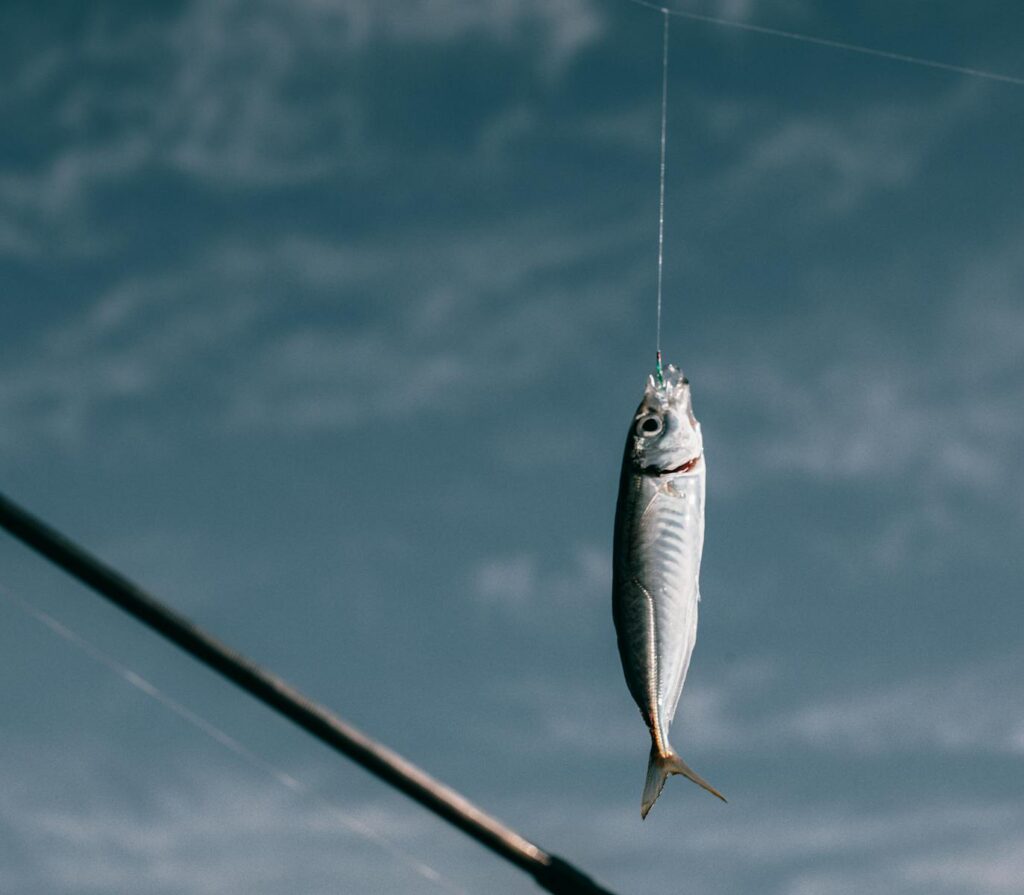
Many ice anglers drill holes in random locations without understanding the underwater topography, which significantly reduces their chances of success. Fish concentrate in specific areas during winter months, often gathering near structural elements like drop-offs, underwater humps, or weed edges where food sources remain available. Failure to research the lake before your trip using contour maps or sonar devices means you might be fishing in barren zones where fish simply aren’t present. Even experienced summer anglers need to recognize that productive summer fishing spots might be completely devoid of fish during winter months as species migrate to deeper, more stable environments.
Investing in lake maps or utilizing fishing apps with bathymetric data can dramatically improve your location selection and increase your odds of finding winter fish concentrations.
Fishing at the Wrong Depth

One of the most common mistakes in ice fishing is setting up at incorrect depths for target species. Different fish species prefer specific depth ranges during winter months, with these preferences often changing throughout the day. Panfish like bluegill and crappie might suspend at mid-depths near structure, while walleye frequently hug the bottom in deeper basins or patrol shallow flats during low light periods. Trout species often cruise at varying depths depending on oxygen levels and food availability. Without understanding these species-specific tendencies, you might be presenting your bait or lure at a level where fish simply aren’t active or present.
Drilling multiple holes at different depths and testing each location systematically provides valuable information about where fish are actually holding during your outing.
Ignoring Seasonal Timing
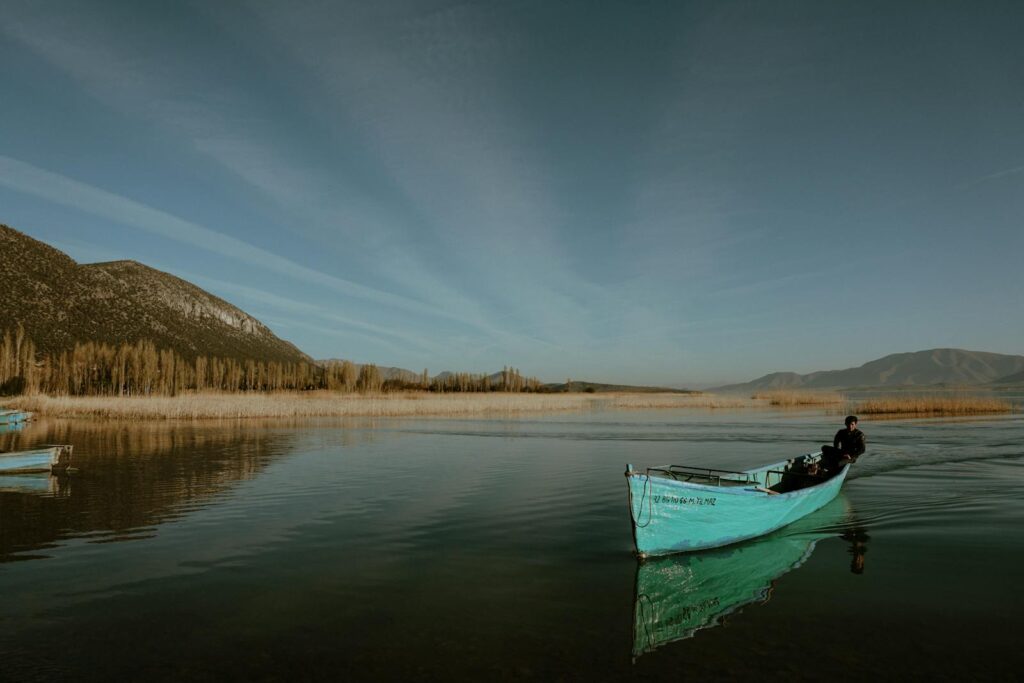
Ice fishing success varies tremendously throughout the winter season, creating distinct early, mid, and late ice periods with different fish behavior patterns. Early ice often produces some of the season’s best action as fish remain relatively active and accessible in predictable locations before oxygen levels decline. Mid-winter typically brings the most challenging conditions as fish metabolism slows, oxygen becomes more depleted, and feeding windows narrow significantly. Late ice can trigger renewed activity as melting increases light penetration and water begins to warm slightly, particularly in shallow bays. Failing to adjust your tactics and expectations based on these seasonal periods can lead to frustration when using early-season techniques during the tough mid-winter bite.
Understanding the seasonal progression helps you match your approach to actual fish behavior rather than fishing based on outdated assumptions.
Using Inappropriate Equipment
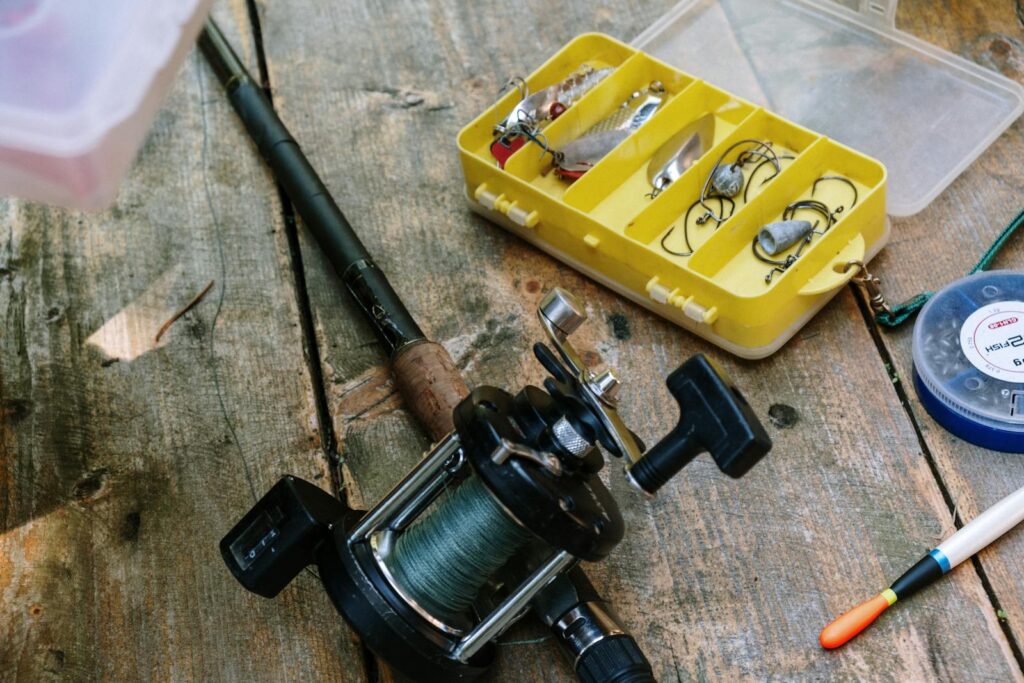
Ice fishing demands specialized gear designed for cold conditions and the unique presentation requirements of hardwater angling. Using summer fishing tackle or inappropriate ice gear significantly reduces your effectiveness and catch rates. Ultra-light, sensitive ice rods detect the subtle winter bites that standard fishing equipment might miss entirely, while specialized ice reels with cold-weather lubricants prevent freezing and function properly in sub-zero temperatures. Line selection proves equally crucial, with thin diameter, low-visibility fluorocarbon or monofilament often outperforming standard lines in clear winter water.
Many unsuccessful ice anglers attempt to repurpose their open-water equipment instead of investing in purpose-built ice gear, missing the delicate strikes that characterize winter fishing. Quality equipment specifically designed for ice fishing conditions provides the sensitivity and performance needed for consistent success in challenging winter environments.
Overlooking Fish Finder Technology
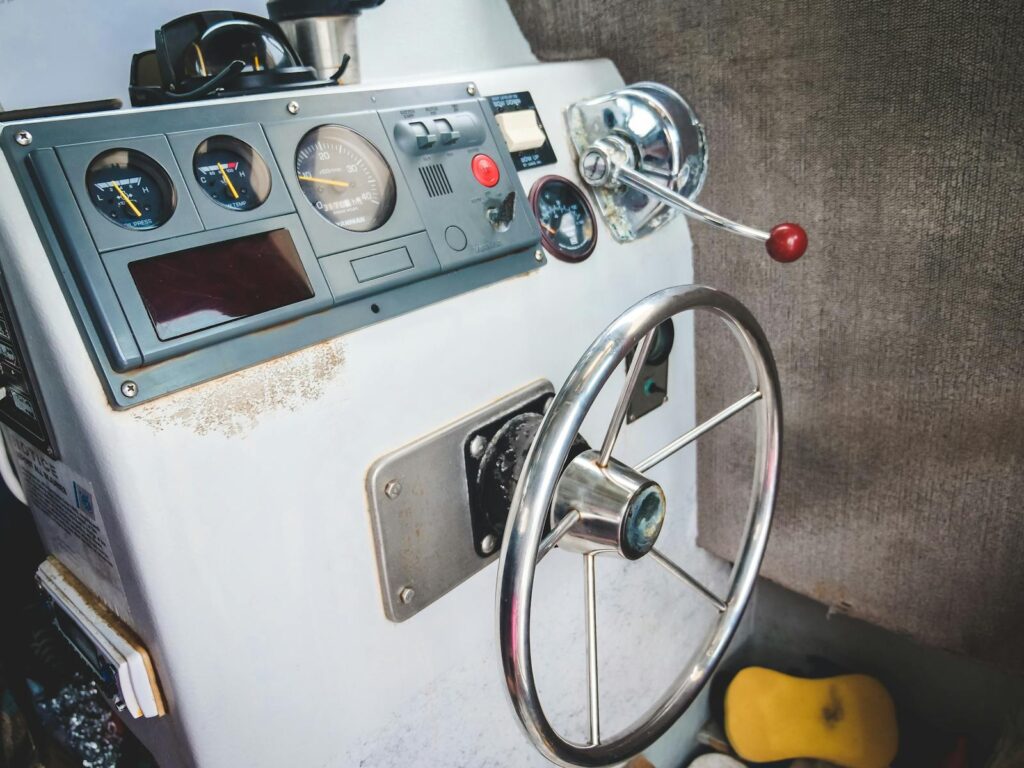
Modern ice fishing electronics have revolutionized the sport, yet many struggling anglers continue to fish blindly without utilizing these game-changing tools. Portable fish finders and flashers show real-time information about depth, structure, and the presence of fish directly below your hole, eliminating much of the guesswork that leads to unproductive fishing. These devices display your lure’s movement and how fish respond to different actions, allowing immediate tactical adjustments based on observed behavior. Without electronics, you cannot confirm fish presence, assess their feeding interest, or determine if you’re even fishing at the correct depth.
Investing in a quality ice-specific sonar unit dramatically increases efficiency by helping you locate fish quickly and understand their response to your presentations, turning unproductive hours into focused fishing in proven locations.
Ineffective Jigging Techniques
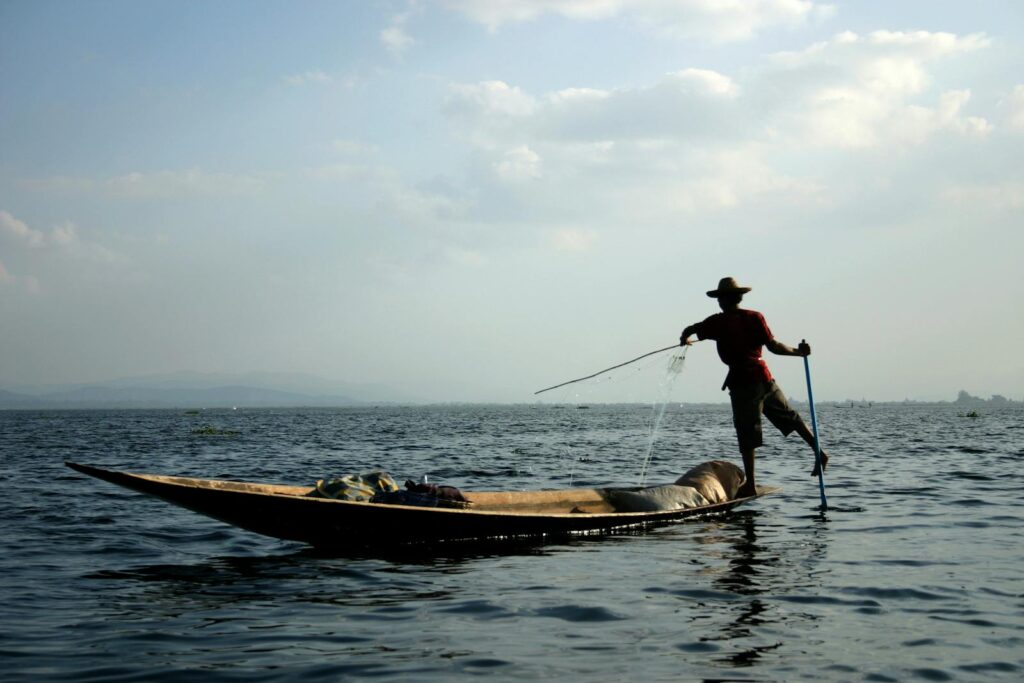
Jigging technique makes an enormous difference in ice fishing success, with subtle movements often outproducing aggressive actions during winter months. Many unsuccessful anglers jig too vigorously, creating unnatural movements that spook pressured or lethargic cold-water fish rather than enticing them to strike. The most productive winter jigging often involves minimal movement—slight rod tip quivers, gentle lifts, and extended periods of deadsticking with occasional subtle twitches that mimic struggling or injured prey.
Different species respond to specific jigging cadences, with panfish typically preferring lighter, more delicate movements while predators like pike might respond better to more pronounced actions. Mastering various jigging styles and paying close attention to which techniques trigger strikes on any given day can transform your results, especially when fish prove finicky or selective.
Ignoring Light and Weather Conditions
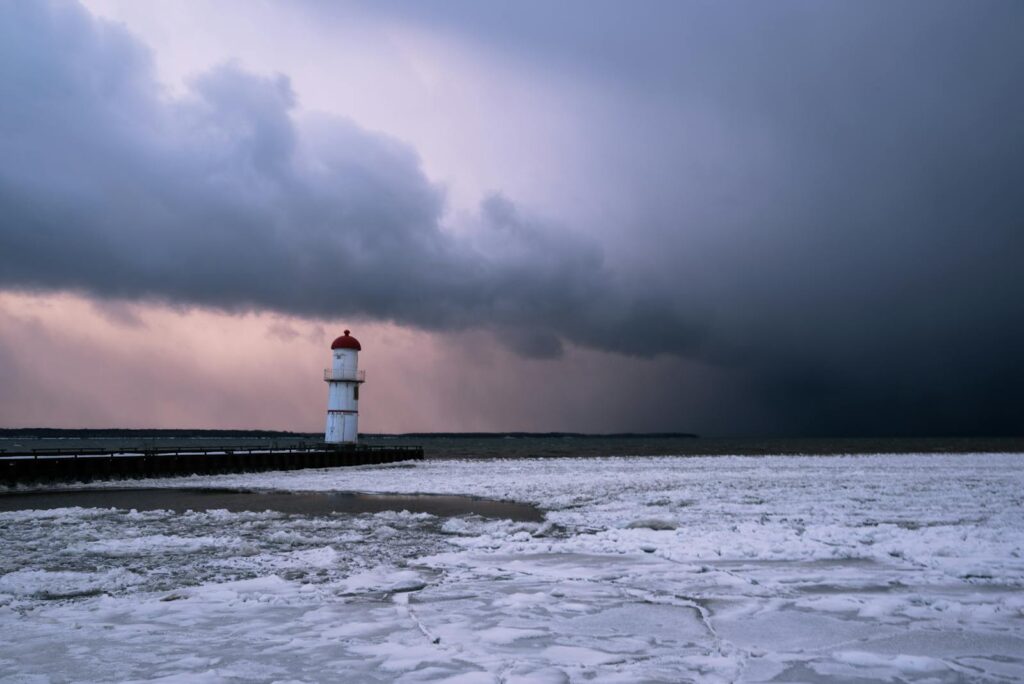
Fish activity levels fluctuate dramatically based on light penetration and weather patterns, yet many anglers fail to adjust their approach accordingly. Bright, sunny days typically push fish deeper or into available cover as light penetrates the clear winter water, making them more cautious and less likely to strike aggressively. Overcast conditions, approaching weather systems, or early morning and late evening periods often trigger feeding activity as reduced light levels make fish feel more secure. Barometric pressure changes before and after storms frequently impact fish behavior, with falling pressure before storms sometimes creating exceptional bite windows.
Failing to track these environmental factors and time your outings accordingly means you might be fishing during naturally unproductive periods rather than capitalizing on prime activity windows.
Using Baits Too Large or Too Small
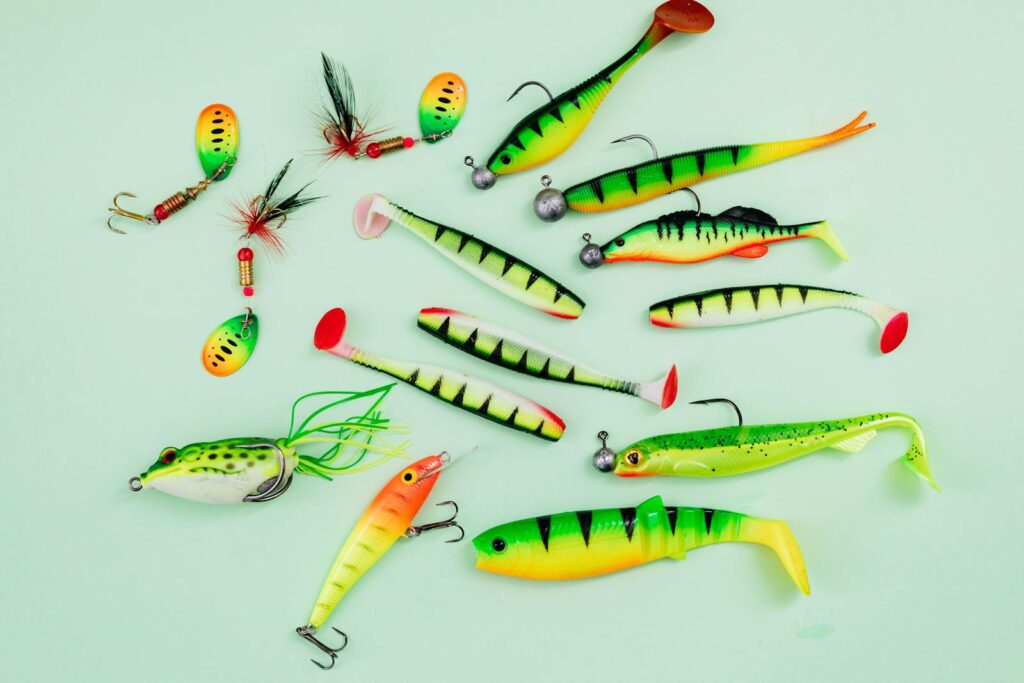
Bait size selection proves critical during winter months when fish metabolism slows and feeding behaviors become more selective. Many ice anglers continue using standard-sized lures that worked during warmer months, not recognizing that downsizing often dramatically improves winter success rates. Cold-water fish frequently prefer smaller, more easily consumed offerings that require minimal energy expenditure, particularly during mid-winter when their metabolism reaches its lowest point. Conversely, using baits that are too tiny may not register on a fish’s lateral line or create enough visual attraction to draw strikes from distant fish.
Finding the ideal size for conditions and target species often requires experimentation, with subtle size adjustments sometimes making the difference between consistent action and complete inactivity. Having a diverse selection of bait sizes allows you to quickly adapt to changing fish preferences throughout the day.
Neglecting to Change Presentations

Stubborn adherence to a single presentation style represents one of the most common reasons for ice fishing failure. Fish preferences can shift dramatically throughout the day based on light conditions, feeding intensity, and competition levels, requiring anglers to adapt accordingly. When fish reject aggressive jigging, switching to deadsticking or adding subtle twitches with long pauses might trigger strikes from previously uninterested fish. Color preferences can change based on water clarity and light penetration, with bright colors often working better in low light or stained water while natural, subtle tones prove more effective in clear conditions.
Presentation speed, movement style, and even the angle at which you approach suspended fish can all impact success rates. Successful ice anglers constantly experiment with different presentations until they discover what works on any given day rather than forcing techniques that aren’t producing results.
Excessive Noise and Movement

The underwater environment during winter features exceptional sound transmission properties that many unsuccessful anglers fail to appreciate. Excessive movement, drilling multiple holes simultaneously, or walking heavily across the ice creates noise and vibration that travels efficiently through the frozen surface and into the water below, alerting fish to your presence. In shallow water especially, fish can detect and become spooked by above-ice activity, leading them to become more cautious or move away from your fishing area entirely. Experienced ice anglers move quietly, drill holes methodically with pauses between drilling sessions, and minimize unnecessary movement once in productive areas.
This cautious approach proves particularly important in clear water, during mid-season when fish have experienced fishing pressure, or when targeting naturally skittish species like trout or walleye that respond negatively to disturbances.
Impatience and Lack of Persistence

Winter fishing often requires greater patience than open-water angling, yet many unsuccessful ice anglers abandon promising spots too quickly when immediate action doesn’t materialize. Fish move more slowly in cold water and may take considerable time to approach and inspect your offering before committing to strike. Constantly moving and drilling new holes without giving each location adequate fishing time creates a counterproductive cycle of disturbance without allowing patterns to develop. Even productive locations experience periods of inactivity between feeding windows, rewarding anglers who commit to promising spots and fish them thoroughly throughout changing light conditions.
The most successful ice anglers understand that persistence often pays dividends as they learn location-specific patterns and are present when feeding activity resumes, rather than constantly chasing fish across the lake.
Failure to Adapt to Fishing Pressure
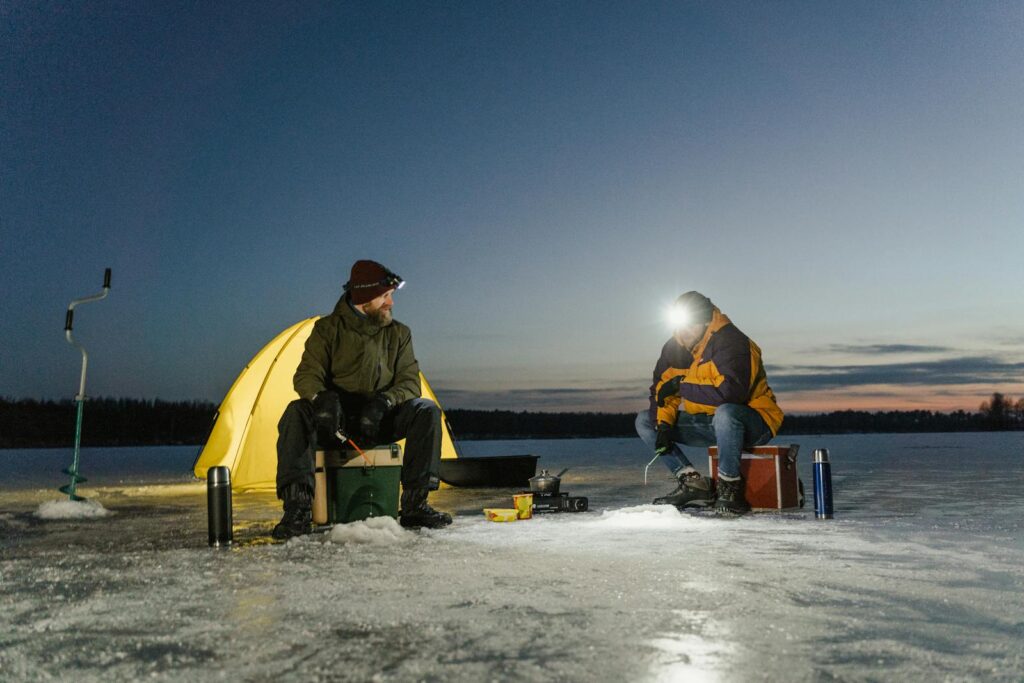
Popular ice fishing destinations often experience significant angling pressure, creating educated fish that become increasingly selective and wary as the season progresses. Many unsuccessful anglers continue using the same popular lures, colors, and techniques that worked earlier in the season, not recognizing that pressured fish develop specific aversions to commonly used presentations. In heavily fished areas, success frequently comes from offering something different—unusual colors, less common lure profiles, or presentation styles that fish haven’t encountered repeatedly.
Moving away from high-traffic areas to less accessible or overlooked portions of the lake can produce surprisingly consistent results when main fishing areas become unproductive. Understanding the impact of fishing pressure and making appropriate tactical adjustments separates consistently successful ice anglers from those who struggle as the season advances and fish behavior changes in response to angling activity.
Overlooking Comfort and Stamina
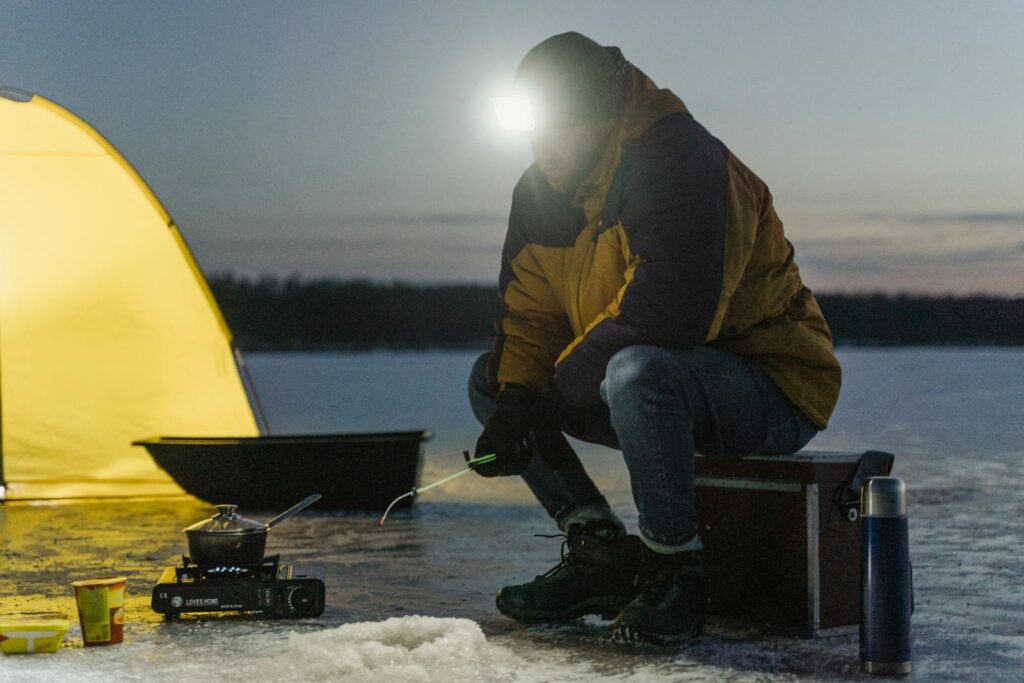
Physical discomfort represents an underappreciated factor in ice fishing failure, as cold, uncomfortable anglers make poor decisions and frequently abandon fishing sessions prematurely. Without proper clothing layers, adequate shelter options, or reliable heating sources, many anglers become too cold to maintain the focus and patience necessary for winter fishing success. Cold hands lose the sensitivity needed to detect subtle bites, while physical discomfort distracts from paying attention to rod tips and electronics that signal potential opportunities.
Investing in quality cold-weather gear, portable shelters, and comfort accessories allows you to fish effectively during prime periods regardless of weather conditions. The most productive bite windows often occur during challenging weather or extreme temperatures when unprepared anglers have already left the ice, creating exclusive opportunities for those properly equipped to endure the elements comfortably.
Conclusion
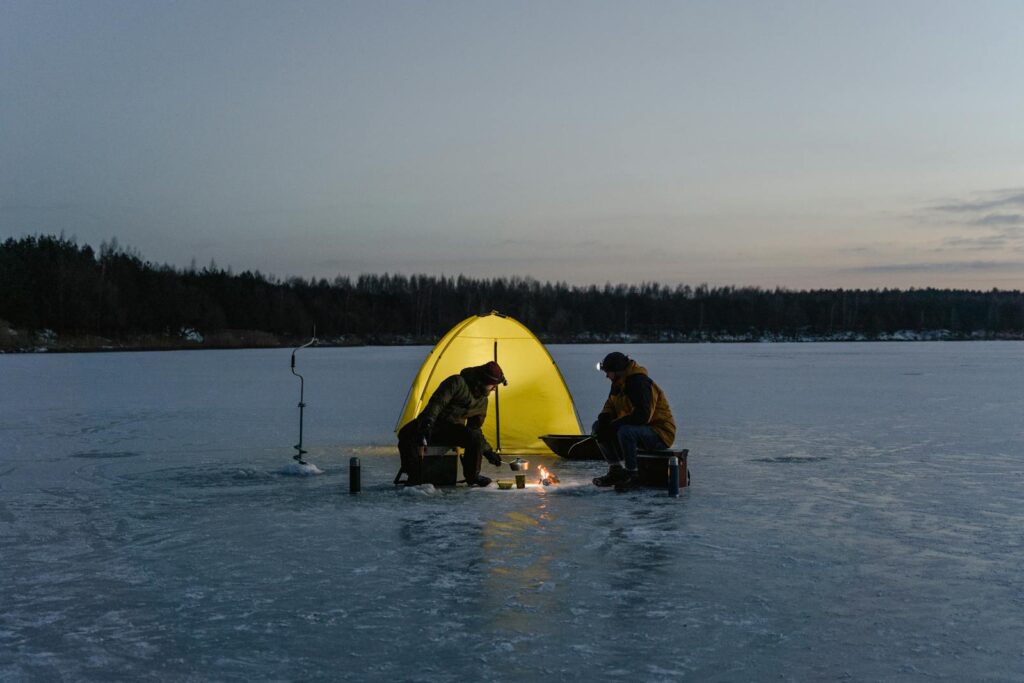
Ice fishing success requires a thoughtful combination of knowledge, appropriate gear, and adaptive techniques tailored to winter conditions. By addressing these common shortcomings in your approach, you can dramatically improve your catch rates even during challenging mid-winter periods. Remember that ice fishing presents a continuous learning process, with each outing providing valuable information that builds your understanding of winter fish behavior. Approaching the sport with patience, willingness to experiment, and attention to detail transforms frustrating outings into productive adventures on the ice.
With these adjustments to your ice fishing approach, your once-empty bucket can soon be filled with the satisfying rewards of winter angling success.
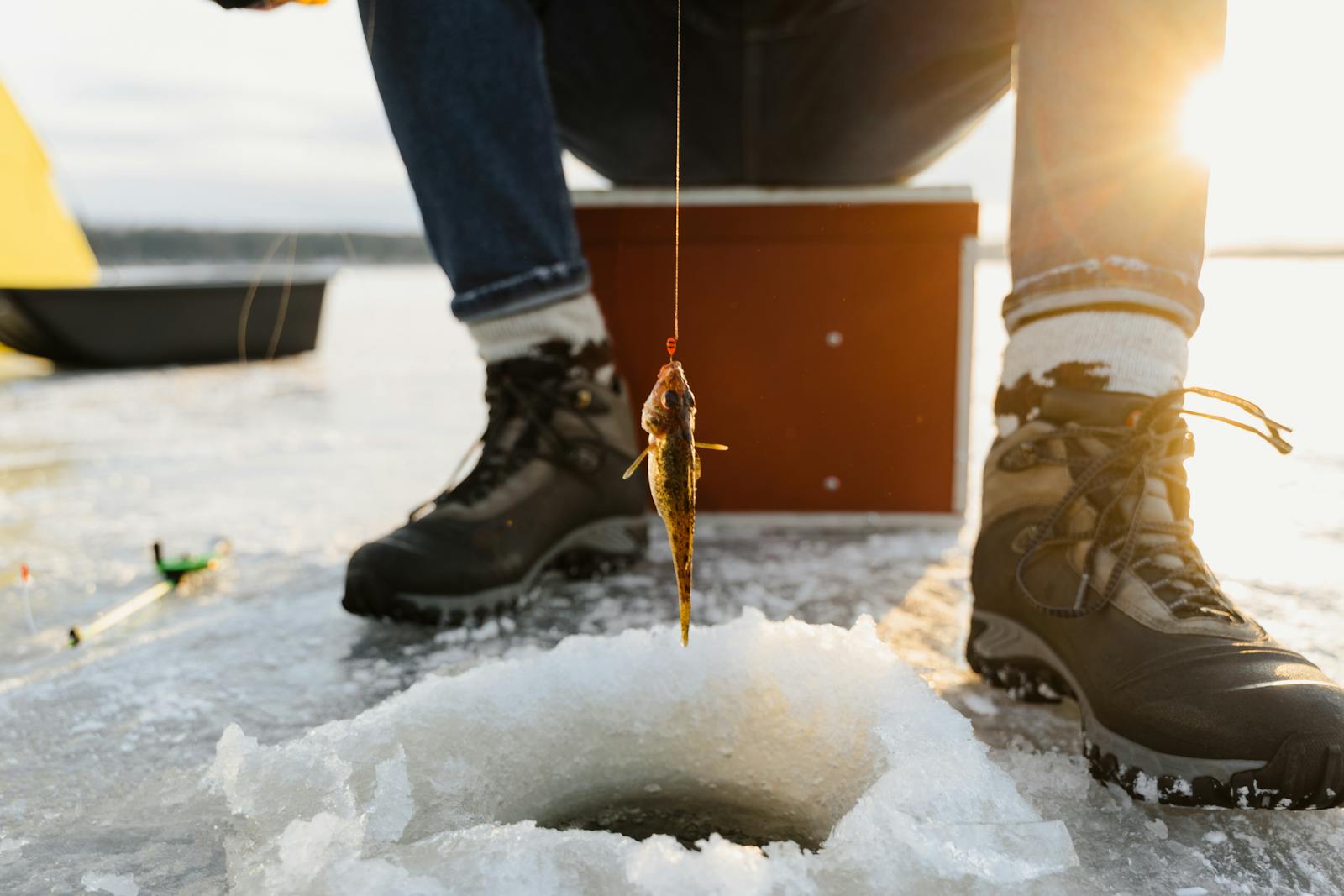
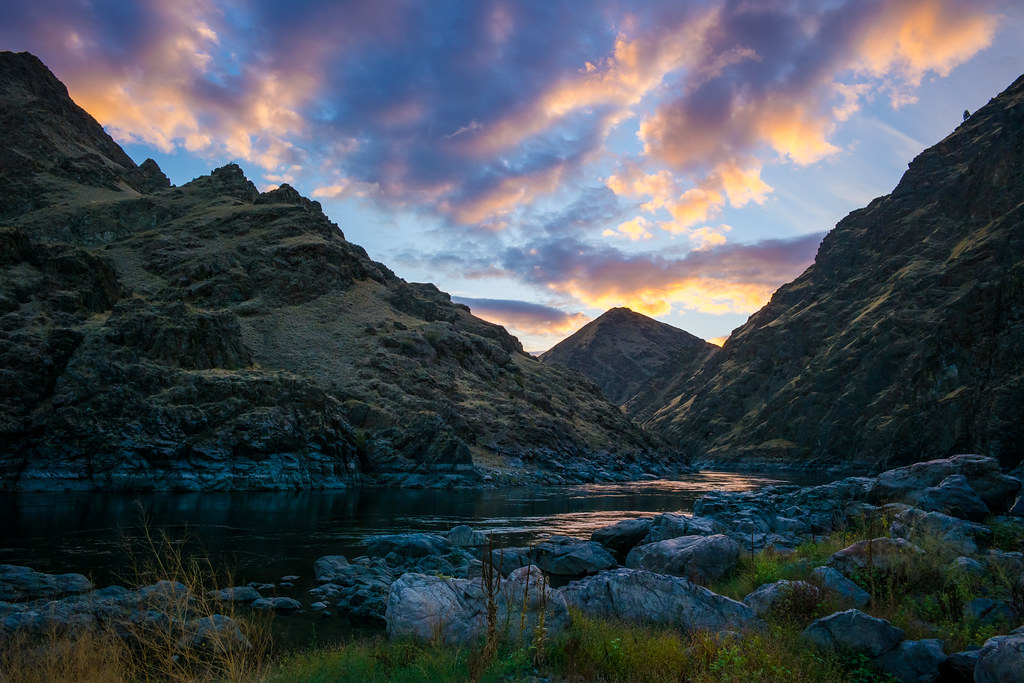

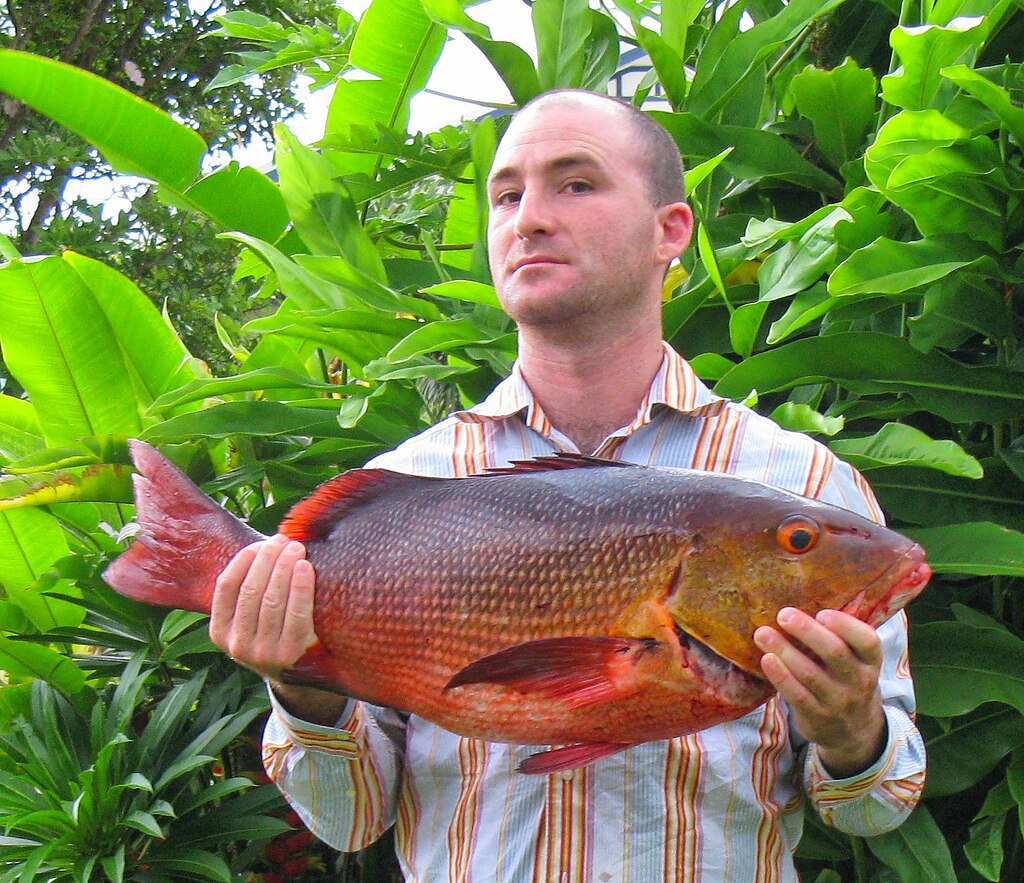










Post Comment